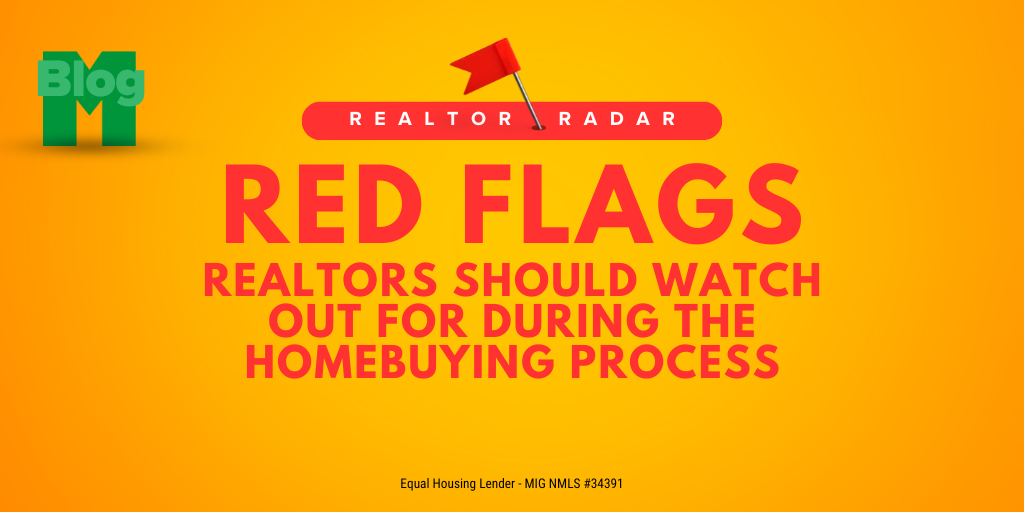
Embarking on the journey of homebuying blends excitement with challenges, requiring realtors and clients to navigate a complex path together. This collaborative process, both exhilarating and demanding, hinges on your expertise as a realtor—a beacon guiding buyers through each intricate step with assurance and insight. Amidst this expansive journey, a pivotal aspect involves identifying subtle yet significant warning signs that could hint at underlying property issues. Here, we delve into a detailed guide offering nuanced insights into these critical indicators, alongside actionable advice designed to circumvent common pitfalls seamlessly integrated into your homebuying strategy.
1. Structural Issues
Structural concerns, like noticeable cracks in walls, ceilings, or foundations, pose risks of expensive repairs and jeopardize home safety. Advising clients to engage a trusted home inspector for a comprehensive assessment becomes imperative. Upon uncovering major issues, negotiating with the seller for repairs or contemplating backing out of the transaction proves pivotal in averting future complications.
2. Water Damage and Mold
Water damage manifests through telltale signs like ceiling or wall stains, musty odors, and noticeable mold growth. Beyond compromising a home’s structural integrity, these issues can profoundly impact residents’ health. Identifying the root cause of water damage and meticulously evaluating mold extent are critical initial actions. Prioritizing thorough remediation before finalizing a purchase not only safeguards clients’ investments but also ensures their well-being.
3. Electrical and Plumbing Systems
Indicators such as outdated wiring, frequent circuit breaker trips, low water pressure, and aging pipes point to potential issues within a home’s electrical and plumbing infrastructure. These problems not only jeopardize safety but also require significant financial investment for repairs. Engaging licensed professionals for comprehensive inspections is essential. Including necessary upgrades in the purchase decision ensures the home adheres to safety protocols and operates efficiently in the long run.
4. Roof Condition
Ensuring the structural integrity of a roof is crucial, given indicators like missing or damaged shingles, ceiling water stains, and a sagging roofline that signal potential vulnerabilities. Such conditions may result in leaks and extensive water damage inside the property. Conducting a comprehensive roof inspection is advisable to evaluate its age and general state. Proactively preparing for potential replacement expenses or discussing these with the seller can effectively preempt future maintenance issues and preserve the property’s overall worth.
5. Neighborhood Concerns
The neighborhood’s condition plays a pivotal role in both property valuation and the quality of everyday life. Factors such as elevated crime rates, neglect in property upkeep by neighbors, and frequent vacancies are key indicators to consider. Conducting comprehensive research on the area, visiting at various times of day, and engaging with prospective neighbors are essential steps to ascertain whether the community aligns with your client’s expectations, fostering a secure and enjoyable living atmosphere.
6. Title Issues
Navigating potential hurdles like unresolved liens, property disputes, or ambiguous ownership can significantly impede the homebuying journey, potentially resulting in legal entanglements. Collaborating with a reputable title company to meticulously perform a comprehensive title search is essential. This proactive approach not only identifies and resolves any existing issues but also guarantees your client acquires a property with a clean title, fostering confidence and security throughout the transaction.
7. Pest Infestations
Detecting pest infestations, whether through visible signs like termite damage, rodent droppings, or sightings of pests, can lead to substantial property damage and health hazards. It’s crucial to advise a thorough pest inspection to pinpoint and resolve any infestations promptly. This proactive approach ensures that necessary treatments and repairs are conducted before concluding the transaction, safeguarding both the property’s integrity and the well-being of its inhabitants.
8. Unpermitted Work
Ensuring all recent renovations or additions have the required permits and comply with local building codes is crucial.FaiIure to do so could lead to code violations, fines and expensive modifications to align the property with regulations. This oversight poses significant legal and financial risks for your client. By confirming compliance upfront,you safeguard against potential complications down the line, promoting both safety and legal integrity in property transactions.
Maximizing Benefits and Avoiding Pitfalls
Educating clients about potential concerns and emphasizing their resolution fosters trust and informed decision-making. Utilizing a network of reliable inspectors, contractors, and legal advisors offers crucial insights and solutions. Identifying issues early can strengthen negotiation positions, ensuring property integrity and investment security. Remaining updated on evolving real estate regulations, inspection methodologies, and market dynamics enhances client service. Vigilance and proactive guidance facilitate seamless home purchases, mitigating risks and enhancing satisfaction. Expertise transforms challenges into rewarding experiences, empowering clients through a well-informed journey.
![Mortgage Investors Group in [Dynamic1]](../assets/images/mortgage-investors-group.svg)


